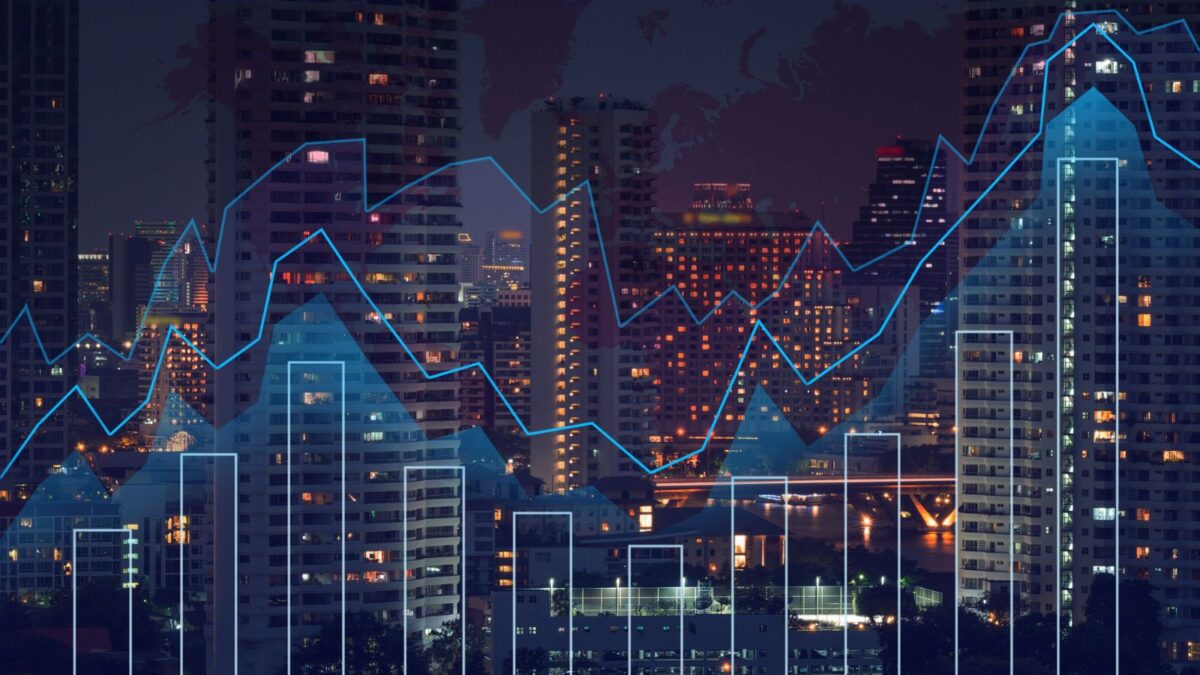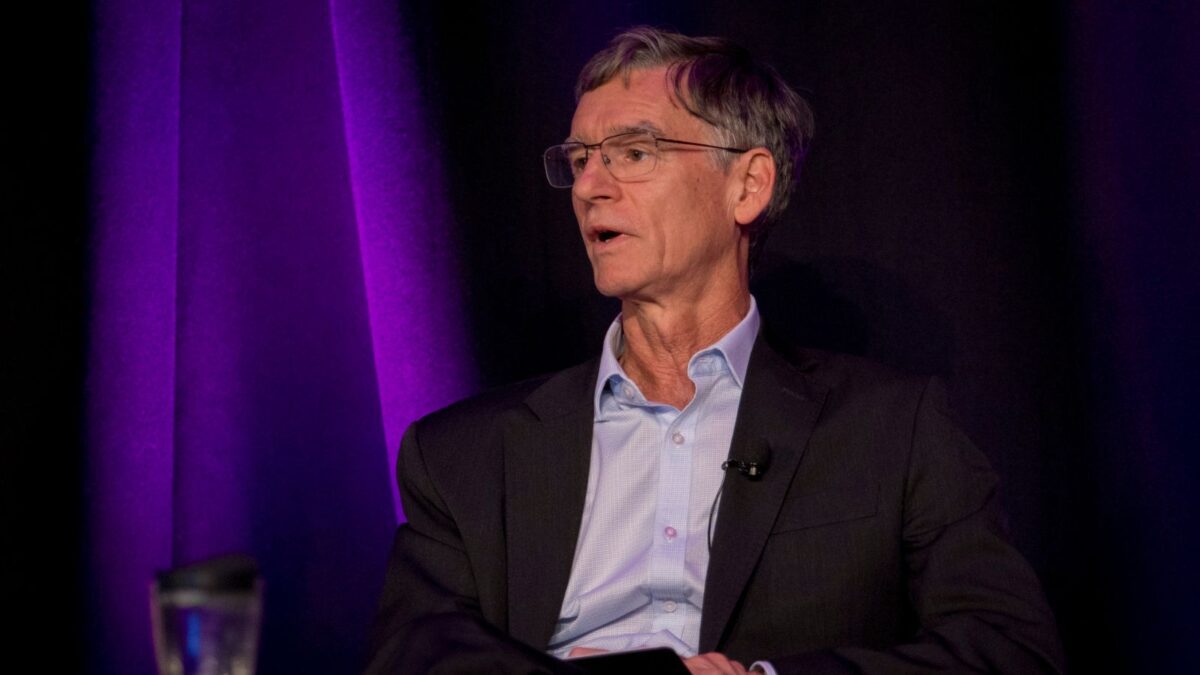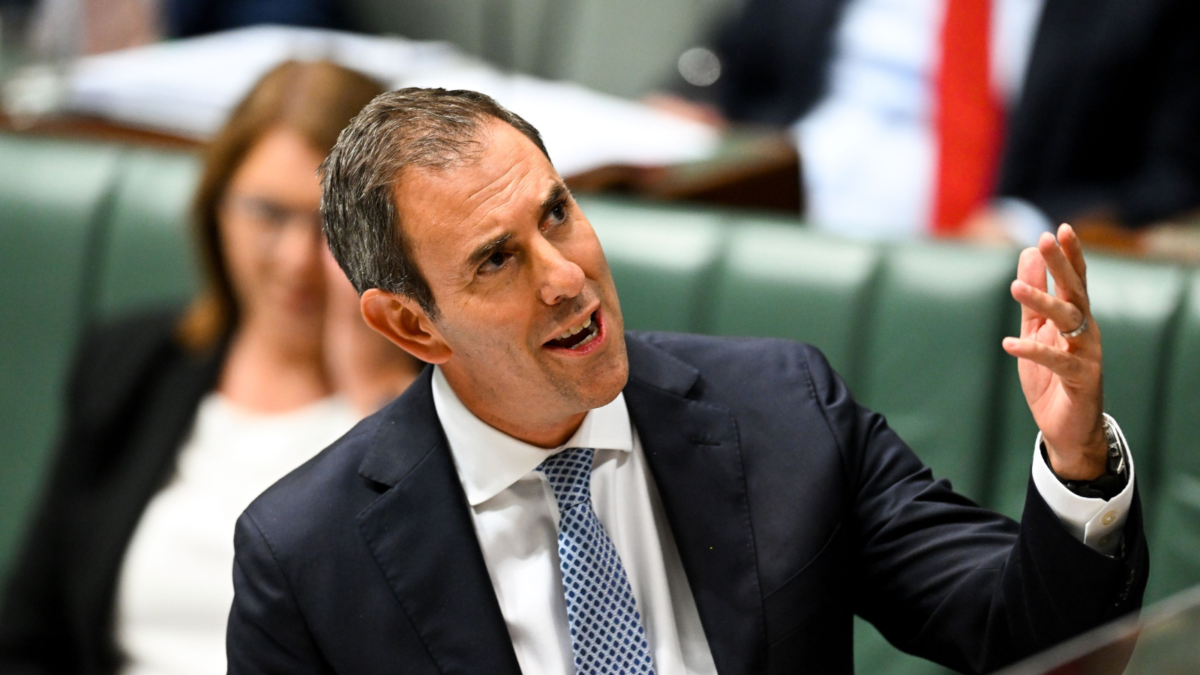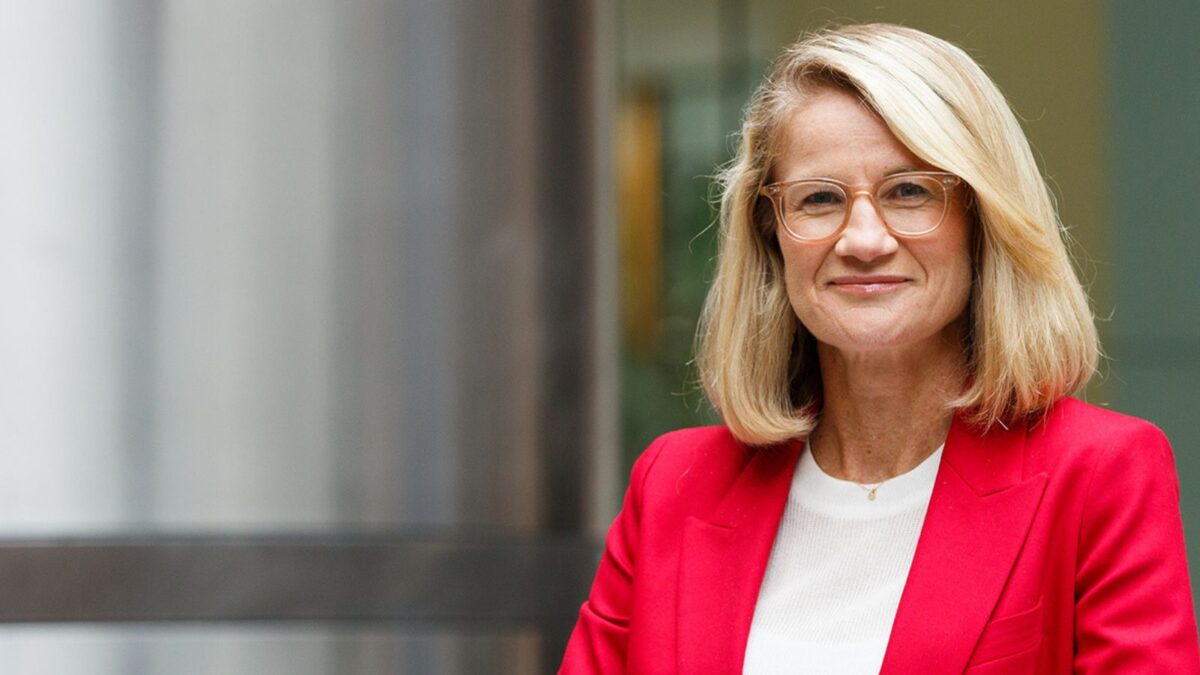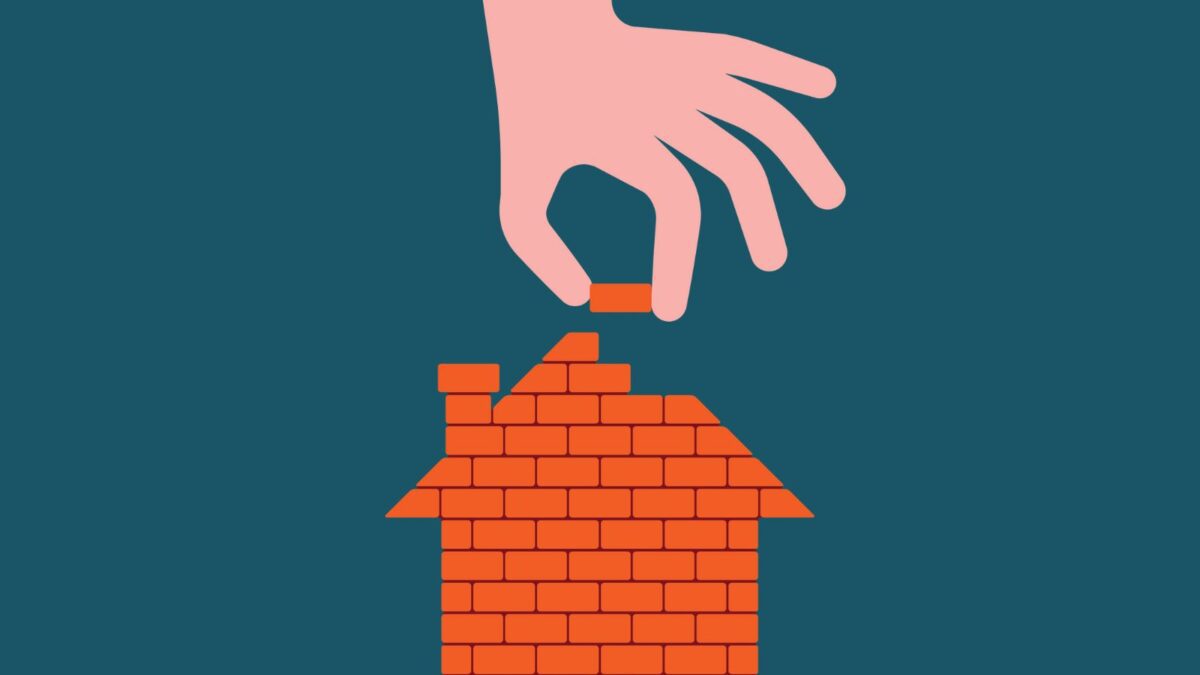‘A strange new beast’: Grantham’s bubble that didn’t pop
Jeremy Grantham made his career calling and dodging market bubbles, so it’s inconvenient when one fails to pop. But that’s just what happened after Grantham – who swerved the Japanese asset price bubble in the 1980s, the Tech Wreck and the GFC – warned that a market that been propelled higher by speculation about growthy tech companies hocking new and untested technologies would soon crash back to earth.
So why didn’t the bubble pop? Grantham points out that it almost did; in the first half of 2022 the S&P declined more than any first half since 1939 – when Europe entered WWII – and displayed “all the classic signs” of a bubble peaking before that, with extreme investor euphoria, a rush to IPOs and SPACs, and the speculative stocks that had led hotter parts of the bourse beginning to fail, even as blue chips carried the return.
“But this historically familiar pattern was rudely interrupted in December 2022 by the launch of ChatGPT and consequent public awareness of a new transformative technology – AI, which seems likely to be every bit as powerful and world-changing as the internet, and quite possibly much more so,” Grantham writes.
“But every technological revolution like this – going back from the internet to telephones, railroads, or canals – has been accompanied by early massive hype and a stock market bubble as investors focus on the ultimate possibilities of the technology, pricing most of the very long-term potential immediately into current market prices.”
This new technological revolution will likely be every bit as transformative as its predecessors, Grantham writes, but only after a “substantial period of disappointment during which the initial bubble bursts”. Amazon once led the speculative market, rising 21 times from the beginning of 1998 to its 1999 peak, then fell almost 92 per cent – before “inheriting half the retail world”.
“So it is likely to be with the current AI bubble… even though, I admit, there is no clear historical analogy to this strange new beast, the best guess is still that this second investment bubble – in AI – will at least temporarily deflate and probably facilitate a more normal ending to the original bubble, which we paused in December 2022 to admire the AI stocks,” Grantham writes.
“It also seems likely that the after-effects of interest rate rises and the ridiculous speculation of 2020-2021 and now (November 2023 through today) will eventually end in a recession.”
Where the real bargains are
But if you absolutely have to be involved in the US equity market, Grantham writes, there are a couple of places to do it. While US quality stocks aren’t “spectacularly cheap”, but they have a history of substantially outperforming in bear markets. And because raw materials are finite – and getting scarcer – resource equities are likely to rise in price, as well as exhibiting a negative correlation with the broad stock market in the long-term.
Climate-related investments will also have top line revenue growth “guaranteed to be above average for the next many decades”, and the market has overreacted to the trend of rising rates, making climate investments “real bargains today”.
“As for the U.S. market in general, there has never been a sustained rally starting from a 34 Shiller P/E,” Grantham writes. “The only bull markets that continued up from levels like this were the last 18 months in Japan until 1989, and the U.S. tech bubble of 1998 and 1999, and we know how those ended. Separately, there has also never been a sustained rally starting from full employment.
“The simple rule is you can’t get blood out of a stone. If you double the price of an asset, you halve its future return. The long-run prospects for the broad U.S. stock market here look as poor as almost any other time in history (Again, a very rare exception was 1998-2000, which was followed by a lost decade and a half for stocks. And on some data, 1929, which was famously followed by the Great Depression).”

